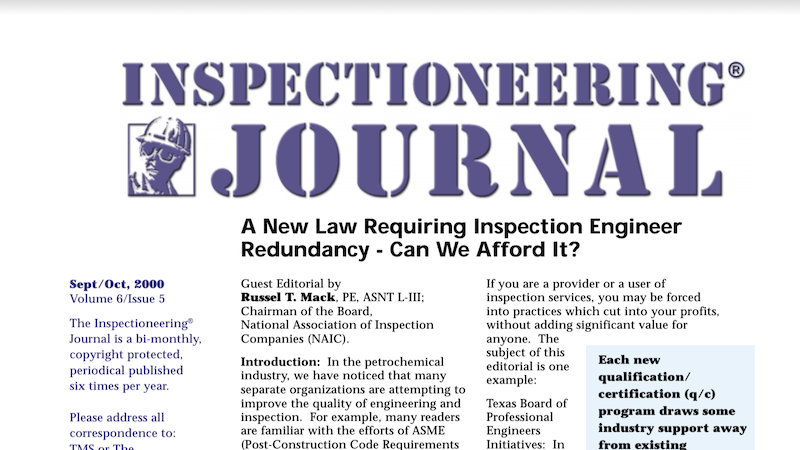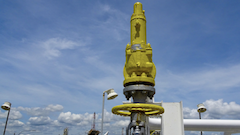Hot Spots are overheated areas in high temperature equipment that are often a sign of ineffective refractory and a potential failure. They are fairly common occurrences in furnaces, boilers, and other refractory lined equipment used in the petroleum refining and chemical processing industries. If left undiagnosed, they can be very dangerous and lead to ruptures, blow outs, and process safety incidents.
A good way to detect hot spots before they become an issue is with an effective thermography inspection program. In cases where that’s not possible, temperature sensitive paints can also serve as an effective advanced warning system against hot spots. Once detected, it’s important that hot spots are examined by experienced inspectors and engineers to ensure that it doesn’t develop into something worse.
Relevant Links
Topic Tools
Share this Topic
Contribute to Definition
We welcome updates to this Integripedia definition from the Inspectioneering community. Click the link below to submit any recommended changes for Inspectioneering's team of editors to review.
Contribute to Definition



















